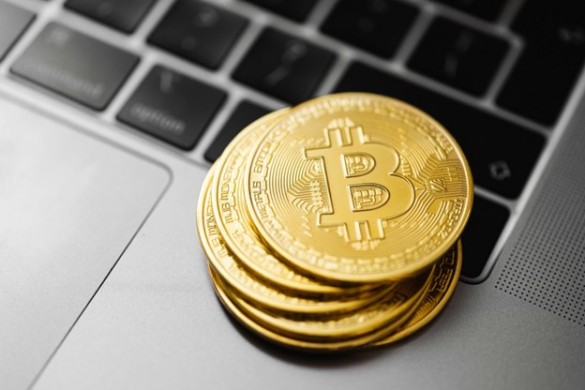Picture a caveman. We’ll call him Ugg.

One day, Ugg points to a rock and grunts something like, “Chair.”
His tribe peers at him, puzzled.
Ugg lowers himself onto the rock. Stands up. Nods.
He sits again—this time with conviction.
The others catch on. “Ah, yes. Chair.”
In that instant, Ugg wasn’t just making a declaration—he was rewriting reality.
He assigned meaning to an otherwise meaningless object, layering intention over raw matter.
And just like that, language—and perhaps the first chair—came into existence.
Reality, Rewritten
Thousands of years later, we’re still playing Ugg’s game.
Cash? Just decorated paper and digital entries—until we collectively agree it’s valuable.
Logos and brand names? Mere symbols—until we all decide they stand for quality, identity, or prestige.

Rewriting Reality with Symbols
Credit scores? Just digits in a database—until we collectively decide they represent a person’s reliability.
These symbols aren’t trivial; they’re the framework we’ve built to make sense of an otherwise chaotic world. They give structure to the abstract, allowing us to interpret, organize, and manipulate reality.
The moment we agreed that “rock means chair” or “this is home,” we moved from merely observing the world to actively shaping it.
And every major leap in human progress—from spoken language to written books, printing presses to the internet, and now artificial intelligence—has been a refinement of this same ability: to overlay meaning onto matter.
Each evolution has made reality more navigable, more understandable, and more programmable.
But the next leap—one that’s quietly forming beneath the surface—might surpass them all.
It’s called spatial computing.
The Core Limitation of Today’s AI: It Can’t See
Sure, today’s AI can sort your inbox, generate images of astronaut cats, and even fine-tune your investment strategy.
But give it a simple physical task—like pouring a glass of water—and the outcome ranges from awkward to catastrophic.
Because at its core, today’s AI is missing one critical thing: sight.

Why AI Still Struggles: It Lacks Perception
The core issue? AI can’t truly perceive the world.
Throughout history, humanity has tackled massive technological hurdles by scaling access to information:
- The printing press democratized books.
- The internet made global knowledge instantly reachable.
- Blockchain introduced trustless, decentralized transactions.
Each leap didn’t just improve how we shared information—it fundamentally altered how we interact with it.
Now, we’re up against a new frontier: making the physical world legible to machines.
Welcome to the Internet of Perception
Here’s the problem in plain terms—AI has no reliable, real-time awareness of its environment.
To change that, some visionaries believe we need an entirely new layer of infrastructure: a “machine perception network” that enables AI to sense, interpret, and respond to the physical world with human-like accuracy.
Think of it as an “internet of perception.”
But here’s the catch: this kind of infrastructure can’t be monopolized. No single government, corporation, or central entity should own or control it.
That’s where DePIN steps in—Decentralized Physical Infrastructure Networks—offering a more open, equitable path forward.
The Next Frontier in Crypto: DePIN
Although it’s a bit of a mouthful, DePIN stands out as one of the most exciting sectors in the crypto space. It holds the key to transforming AI from a purely computational tool into something seamlessly integrated with the physical world.
What’s more…
Instead of a few major corporations controlling the “eyes and ears” of AI, DePIN could democratize perception by spreading it across millions of devices.
And there’s only one project in the crypto world with the potential to make this a reality—without turning it into a Black Mirror episode.
Today, Early Stage Crypto Investor members received an email titled, “Our Top 5 Cryptos Right Now,” and this project was one of them.
Language has allowed us to impose meaning on reality, and now DePIN could enable us to overlay perception onto the world itself.
If we’re correct in our prediction?
Getting in early could be a game-changer.
Learn from market wizards: Books to take your trading to the next level














